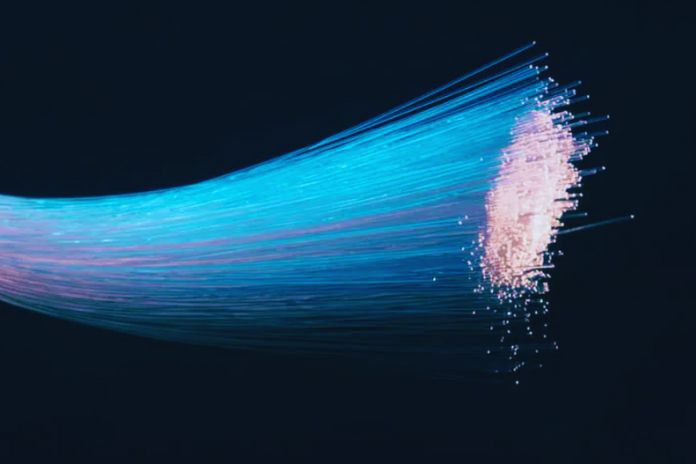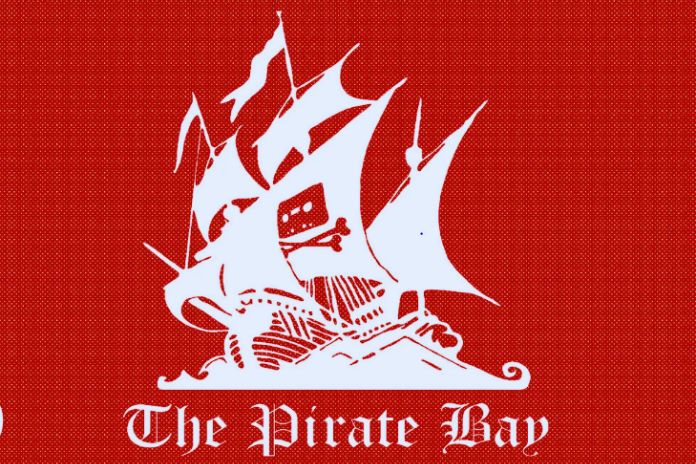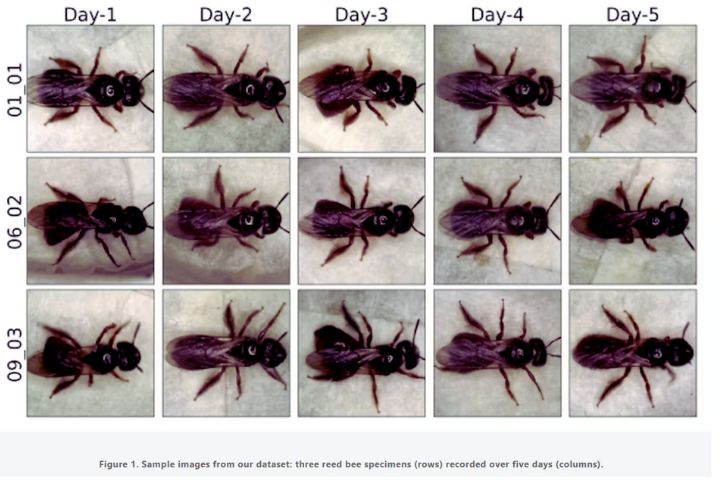Dark fiber, also known as unlit fiber, refers to unused optical fiber cables that have been laid but are not currently active in transmitting data. These fibers are part of existing infrastructure for fiber optic communication but remain “dark” until they are lit with equipment that sends data signals.
By the end of 2017, a major European telecom company reported having over 1.5 million kilometers of deployed fiber, with a significant portion lying unused as dark fiber. Their goal was to expand this to over 2 million kilometers in the coming years.
What Is Dark Fiber Optics?
Dark fiber optics are fiber optic cables that have been installed—often during construction projects or network expansions—but are not in use yet. The term “dark” comes from the fact that no light signals travel through them.
According to industry data, there are currently more than 2.1 million kilometers of dark fiber worldwide. Considering that each kilometer of fiber can cost around €300, the value of unused dark fiber infrastructure is estimated at €600 million or more. This doesn’t even include additional costs like labor, materials, and maintenance.
Advantages of Dark Fiber
Dark fiber networks offer several key benefits:
-
Leasing Opportunities – Companies or governments can rent unused fiber and build their own private high-speed networks without laying new cables.
-
Scalability – Having dark fiber in place allows businesses to expand capacity quickly if network demands increase.
-
Backup Support – Since it is pre-installed but inactive, dark fiber can serve as a backup connection during outages or performance issues.
Why Is So Much Dark Fiber Unused?
There are several reasons why millions of kilometers of fiber remain dark:
-
Redundancy – Acts as a backup if the main network fails.
-
Load Balancing – Helps during times of high traffic or congestion.
-
Data Center Connectivity – Used to connect data centers with backup sites when needed.
-
Future-Proofing – In places like technology parks or smart cities, fiber is laid in advance so new companies can easily connect without additional construction.
Who Uses Dark Fiber?
Dark fiber is typically used by:
-
Telecom Operators – They install extra capacity during large infrastructure projects, planning for future demand.
-
Internet Service Providers (ISPs) – Some resell dark fiber access to other operators.
-
Private Companies & Government Agencies – Organizations needing secure, high-capacity, and dedicated networks often lease dark fiber for private connections.
In many cases, regulators also require large operators to let competitors use their existing infrastructure. Here, dark fiber becomes an essential solution for enabling competition and expanding coverage.
In summary: Dark fiber represents a valuable but underused resource in today’s digital infrastructure. While currently “dark,” it provides scalability, leasing opportunities, and backup support, making it a strategic asset for the future of high-speed communication.











Leave a Reply